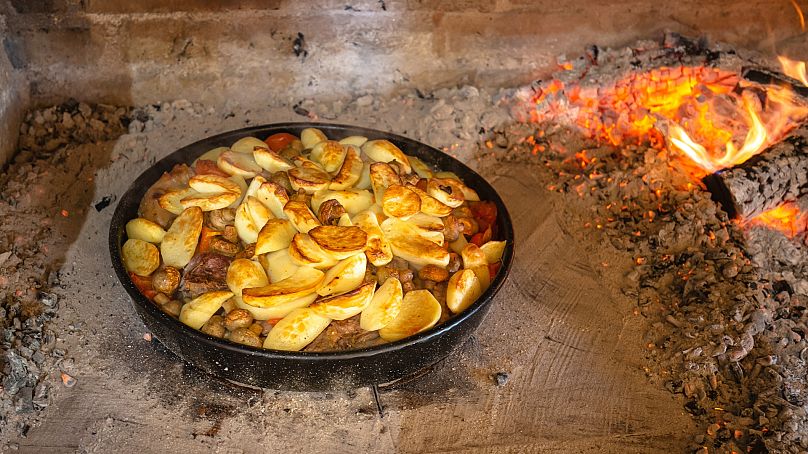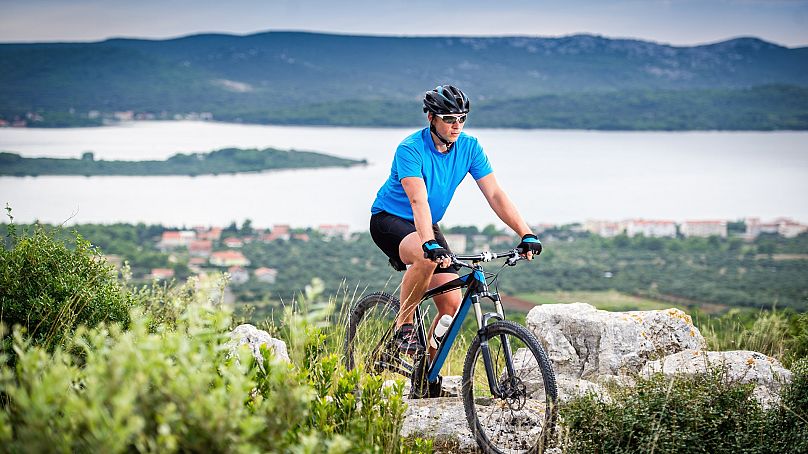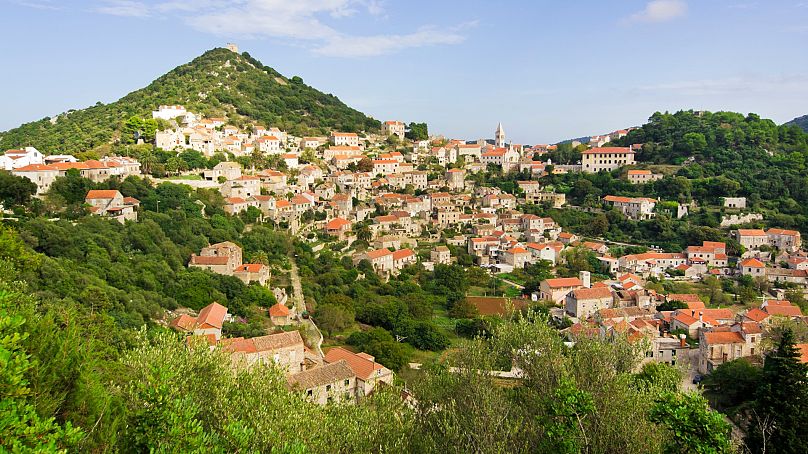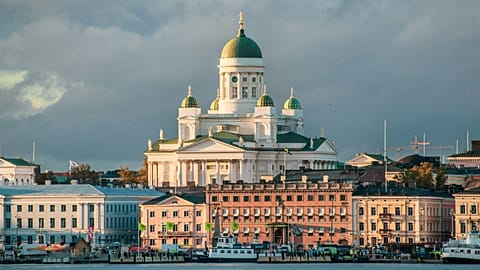Croatia’s new €420 million bridge has finally connected the mainland to the Pelješac peninsula, here’s what you should do when you visit.
If you like island hopping, Croatia is the ideal destination for you.
The country has 1,200 islands to its name, boasting charming villages, rugged coastlines and azure seas.
Travelling around them is now even easier thanks to the Pelješac bridge. Unveiled in July this year, the €420 million bridge links Split and Dubrovnik, finally bypassing the need to travel over the border into Bosnia and Herzegovina.
Previously, if you wanted to drive to Dubrovnik, you had to travel through the Neum Corridor, a small stretch of territory that cuts Croatia in half.
This meant border checks on the way in and out, and with Croatia joining the Schengen Zone in 2023, these are only likely to get stricter.
Luckily, the new bridge lets you island-hop without border hopping.
You can join the bridge in the little village of Komarna and it’ll drop you off in Brijesta on the Pelješac peninsula. The new development has certainly gone down well with locals and tourists -at the time of writing, it has a 4.9 star review on Google.
The bridge has many benefits for tourists visiting the nation, explains Darija Reic, Director the Croatian National Tourist Board Office in Great Britain explains.
“It shortens the travel time between two of the main tourist hubs in Croatia, Dubrovnik and Split.
“So now it takes you about two and a half hours to get from Dubrovnik to Split, so that makes travel easier, which we hope will entice more travellers to explore bigger parts of the Croatian coast.”
What can I eat on the Pelješac peninsula?
“The Pelješac peninsula is an amazing destination in itself,” continues Reic. “It’s a gastronomy hub, known for authentic wines which are being produced there, and known for oysters.”
If you’re a fan of oysters, the best place to head is Ston. Thanks to the salinity of the waters, the town produces its own salt and is thought to have some of the oldest salt pans in the Mediterranean.
The fishing town is also widely renowned for its oyster farms, with the oysters here considered the best in Croatia.
The peninsula is also celebrated for its wines, particularly its strong and hearty reds. One of the most widely-regarded winemakers on the peninsula is Mato Violić - Matuško who produces wine in the protected winemaking region of Dingač.
Produced using the Plavac Mali grape variety, the wines here can be quite strong - with some bottles upwards of 14 per cent, so make sure you fill up on some delicious Croatian food while you drink.
There’s one dish in particular, that Reic says goes perfectly with Croatian wine.
“Peka. So peka is a traditional Croatian dish, and usually it can be either meat based or seafood and octopus based,” she explains.
“So let’s take the octopus example, it is octopus and potatoes cooked with herbs and spices, cooked under a huge cast iron bell, so it takes a long time to prepare, it cooks over four to five hours.
“This is one of the most traditional dishes that people should try when they’re in Croatia, and make sure to complement it with some of the Croatian wines.”
What can I do on the Pelješac peninsula?
The area offers the intrepid traveller plenty of chances to earn their lunch.
“There will be lots of cycling trails across the peninsula, so we are going to be seeing lots more tourist movement,” says Reic.
With so much rough and rocky terrain on offer, it’s no wonder that mountain biking is popular here. If you want to get truly off-road, Pelješac Mtb Vibes lead bike tours around some of the peninsula’s rocky paths, deserted villages and harder-to-reach spots.
If you prefer keeping your feet on the ground though, walking the ancient walls of Ston is a good option. The oldest defensive wall in Europe, they link the towns of Ston and Mali Ston. The 5.5 kilometre walk will take you around 40 to 50 minutes, depending on how many times you stop to take a photo.
Island hopping around the Pelješac peninsula
The peninsula is also a great base from which to visit some of Croatia’s neighbouring islands, something Reic thinks all visitors to Croatia should do.
“People definitely have to do island hopping. I think it’s very important to visit at least two islands, we have 1200 of them after all. Obviously some are very small, some big and not all are inhabited, but definitely experience them because the coast is absolutely stunning, very appealing and very diverse.”
While you’re in the area, make sure to visit Lastovo Archipelago Nature park, which sits off the coast of Pelješac. The national park consists of 44 islands, with the largest, Lastovo, the southernmost inhabited island in Croatia.
One of the quieter spots to explore in Croatia, Lastovo has some rare flora and fauna, including beautiful and endangered orchids. The crystal waters of the Adriatic Sea make this a great spot for diving too. Expect to see coral, fish and maybe even the occasional boat wreck.





















